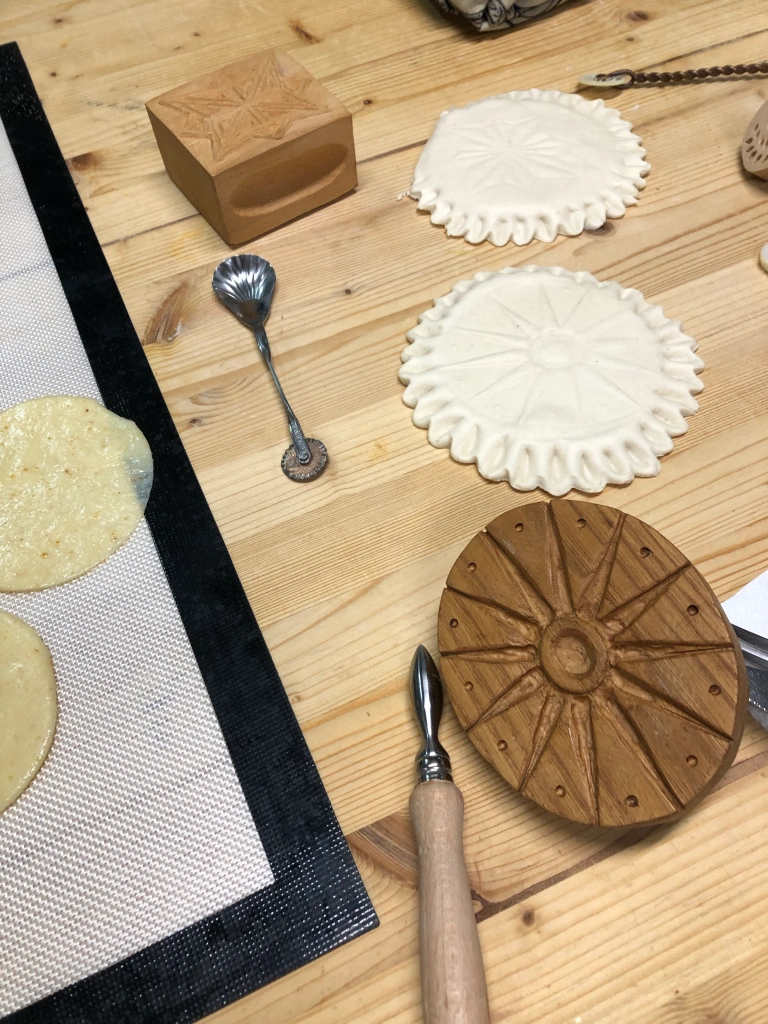One of the most enduringly popular posts on this blog was written twelve years ago and remains its top-performing piece. Even today, it attracts thousands of daily visitors from around the world seeking advice on perfecting their Italian tomato sauce.
I recently revisited this old post to reflect on how my sauce-preparing methods have evolved over the past twelve years. While some aspects have remained consistent, others have changed, driven by the necessity for greater time efficiency and my continual learning of new Italian methods along the way.
Let’s dive in—here’s how to craft tomato sauce like a true Italian, twelve years later and with a bit more wisdom under my belt, and no flashy photos, just the recipe. As I did twelve years ago, I still prefer not to measure my ingredients precisely; instead, I eyeball them and hope for the best.
Step 1: Gather the following ingredients: fresh or whole peeled Roma tomatoes, 1 large carrot, 2 stalks of celery, one medium-sized onion, garlic (to taste), dry or fresh oregano, parsley, fresh basil, tomato paste, and salt.
Step 2: Clean and chop all ingredients, leaving the garlic whole to add at the end.
Step 3: Heat oil in a medium or large saucepan. Test the oil temperature by adding a small piece of onion; when it begins to bubble, add the remaining chopped onion, carrots, celery, and oregano. Let the mixture cook down over medium heat until the onions become slightly transparent.
Step 4: Incorporate fresh or canned Roma tomatoes. I personally opt for Roma tomatoes due to their resilient texture when cooked down, but choose whichever variety that works best with your taste preferences. Mix in tomato paste, followed by parsley, basil, and salt to taste. Add whole peeled garlic clove(s), stir well, and maintain on a low to medium heat setting.
Step 5: Simmer the sauce until the garlic becomes soft, about thirty minutes. In the past, I would let it simmer for 2 – 3 hours, but I now believe that’s too lengthy for today’s fast-paced lifestyle.
Step 6: Optional, use an immersion blender to gradually blend the sauce until no vegetable chunks remain. I lean towards a smoother sauce now as it’s more versatile for various Italian recipes. Blend to achieve your desired consistency.
Step 7: Serve and enjoy.
Did I overlook any key steps or ingredients? If you noticed any omissions or have additional suggestions, please share them in the comment section below. Your input is valued!
I’m not Italian, nor do I pretend to be one online or in real life. However, I married an Italian, and to my delight, he adores my sauce even more today than he did twelve years ago.
Explore the original post by clicking here.


 I woke this morning to crisp cool air and instantly had a hankering for Carrot & Ginger soup. I don’t know what brought on this desire, as I’ve never eaten carrot & ginger soup. I went about my ways and searched the web for recipes and I found
I woke this morning to crisp cool air and instantly had a hankering for Carrot & Ginger soup. I don’t know what brought on this desire, as I’ve never eaten carrot & ginger soup. I went about my ways and searched the web for recipes and I found  Once in a blue moon this little blog receives an email about the cost of living in Sardinia, Italy and today I am answering one readers email.
Once in a blue moon this little blog receives an email about the cost of living in Sardinia, Italy and today I am answering one readers email.



